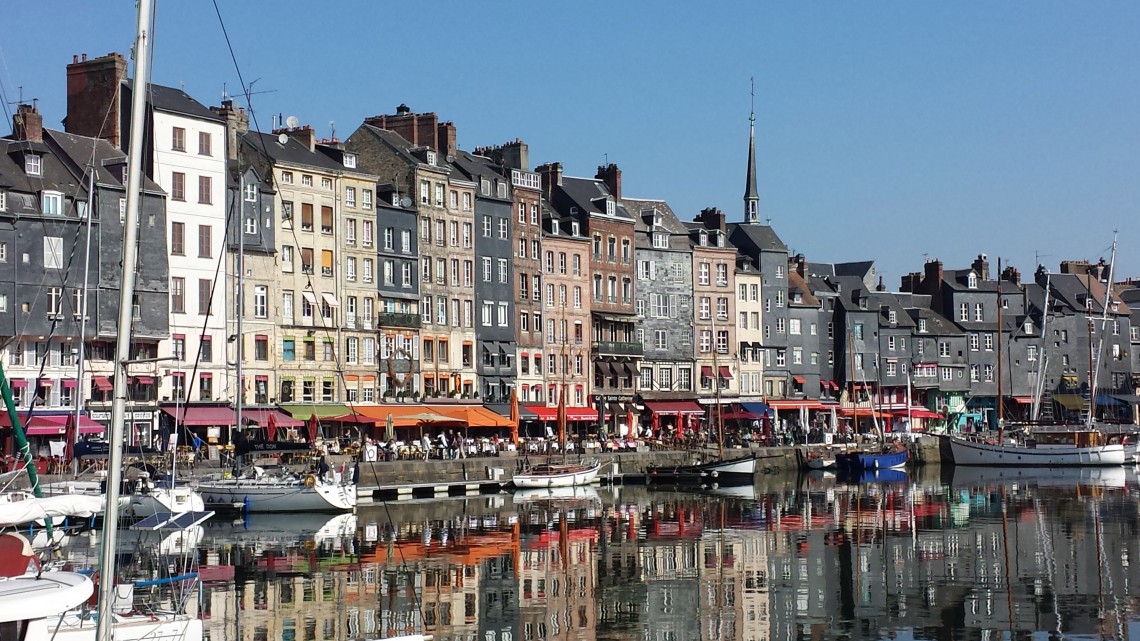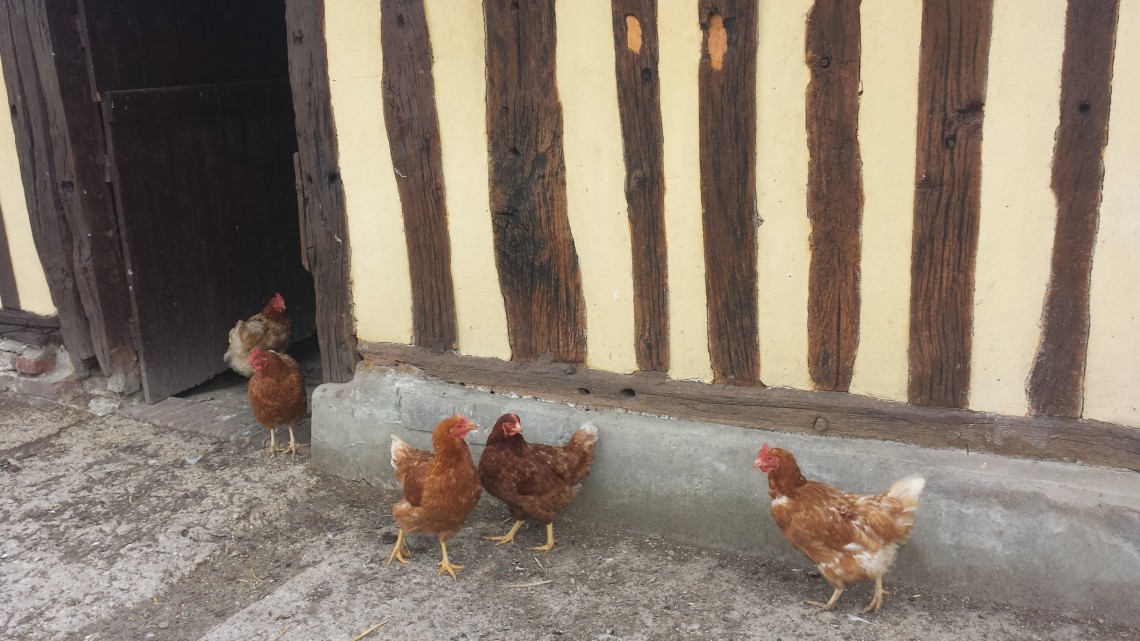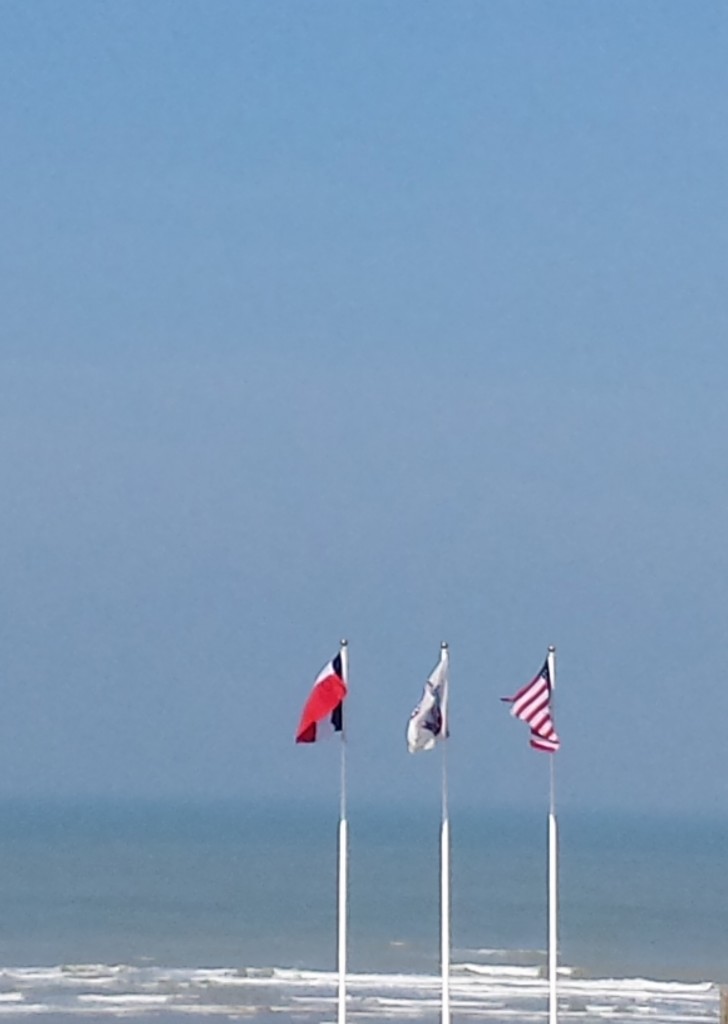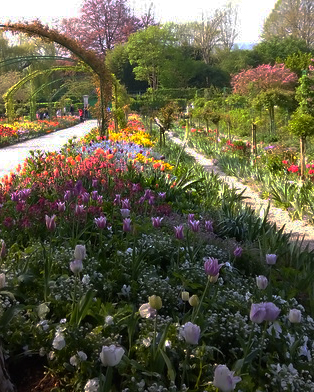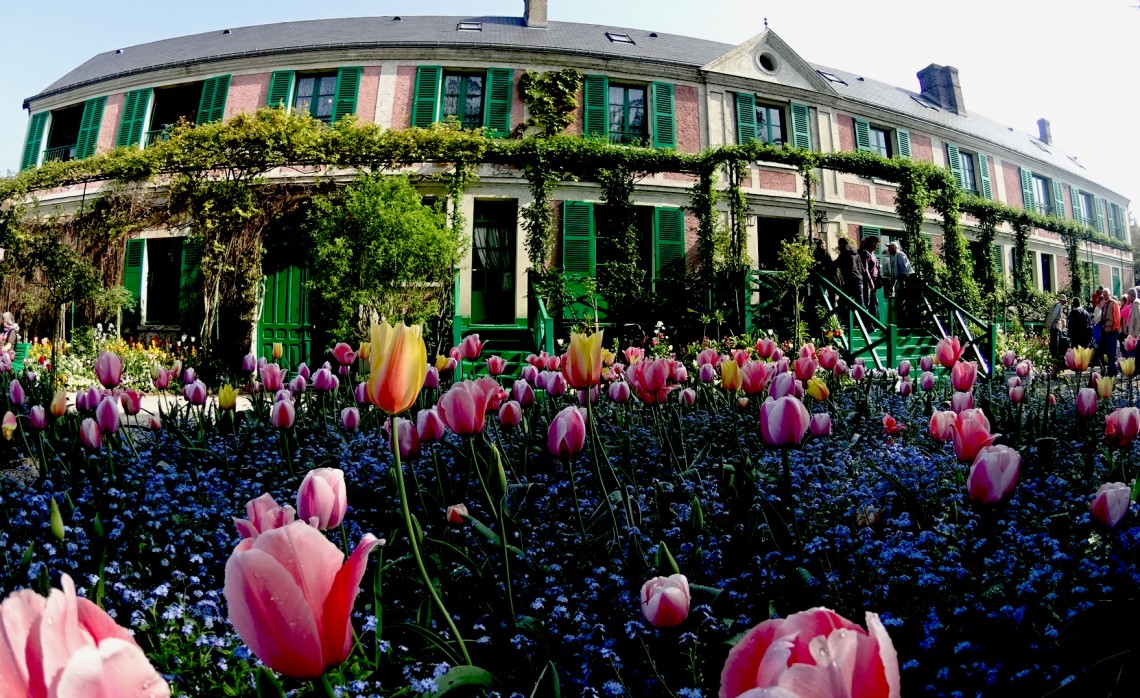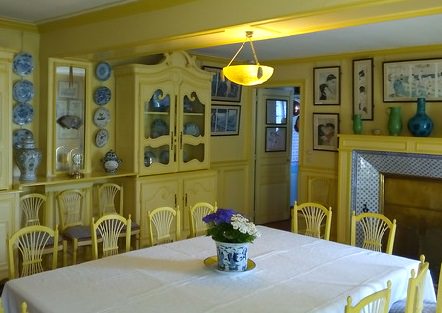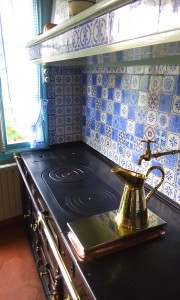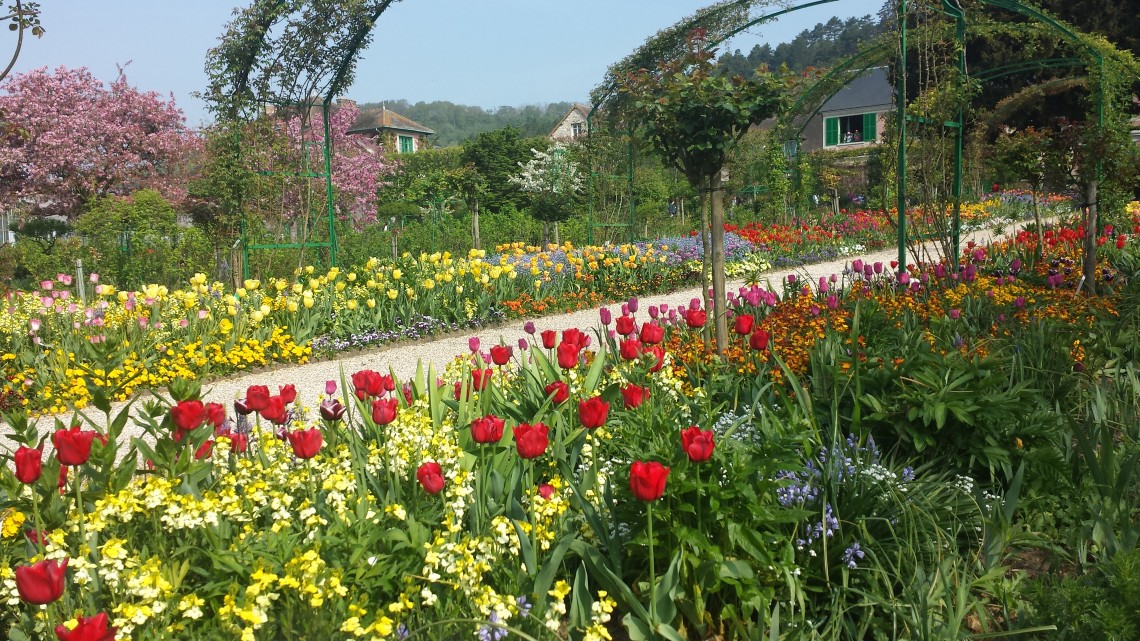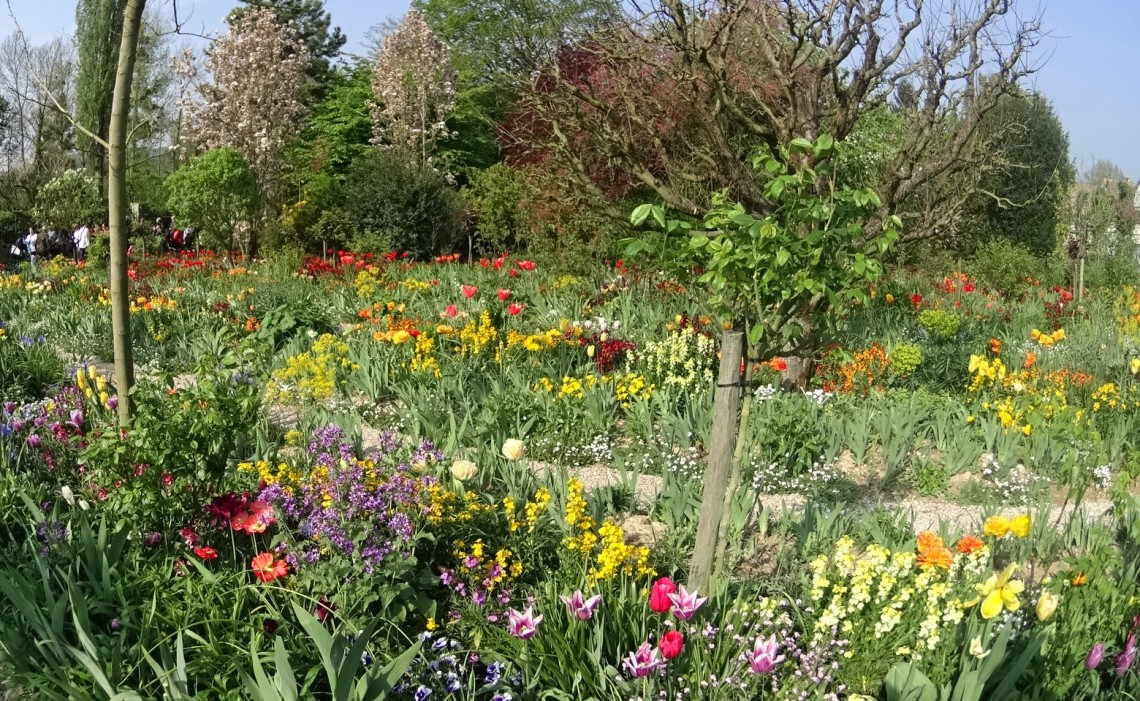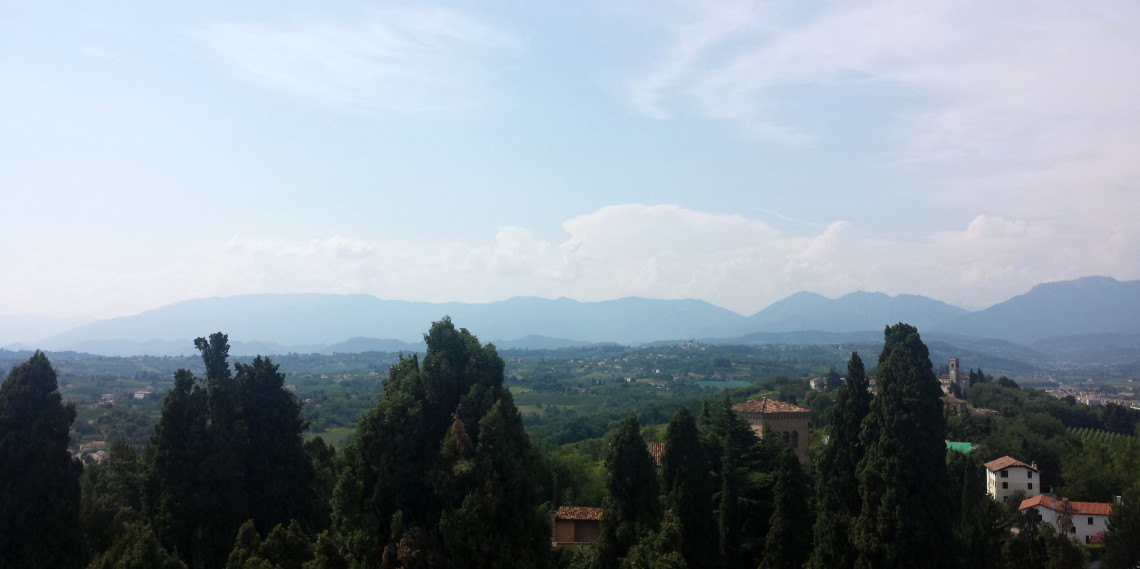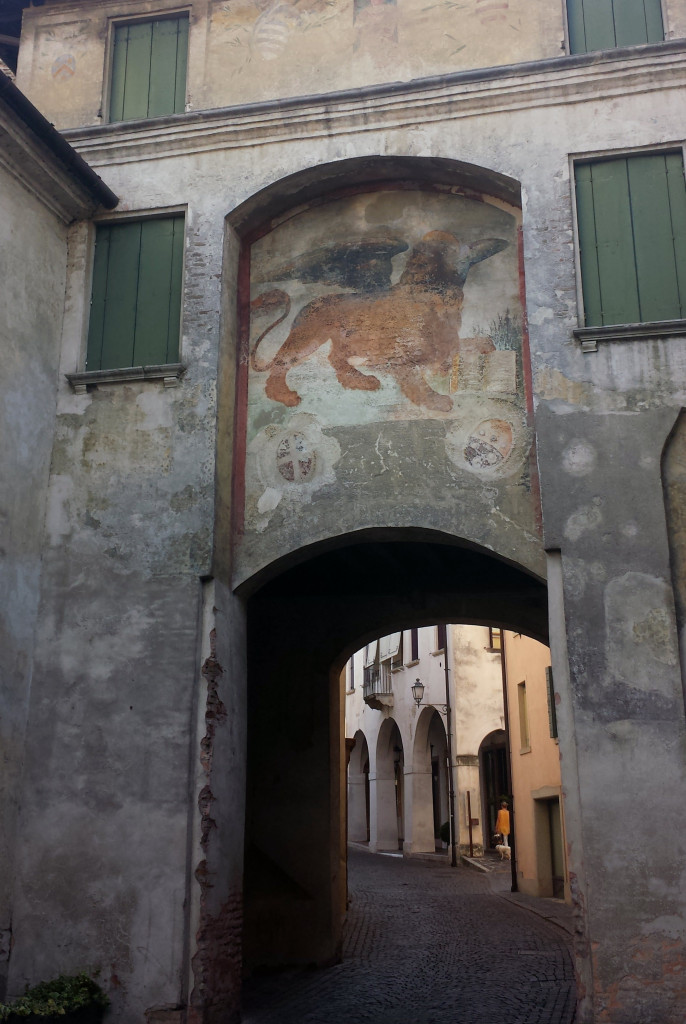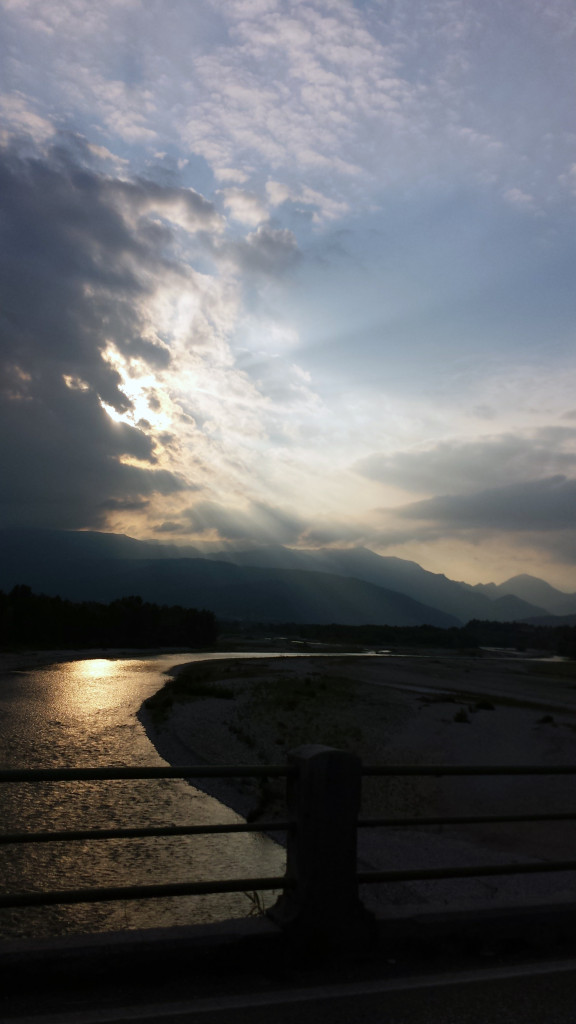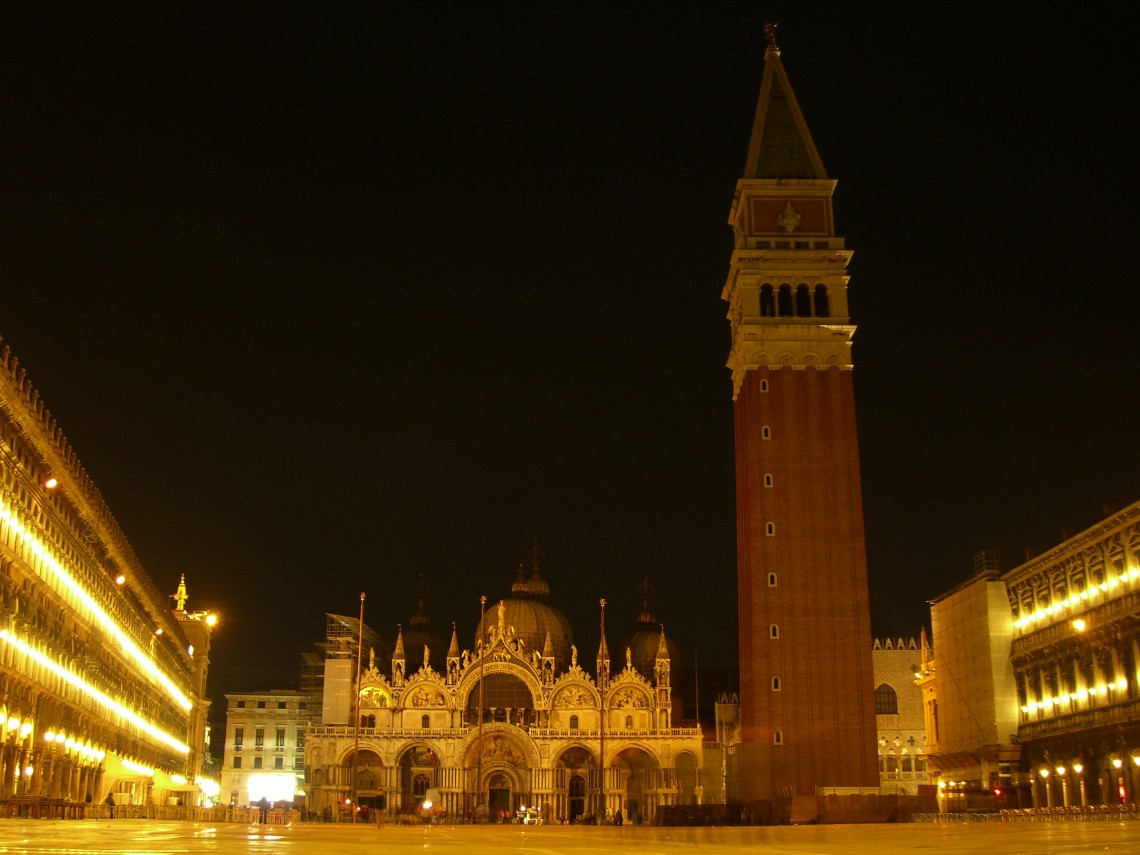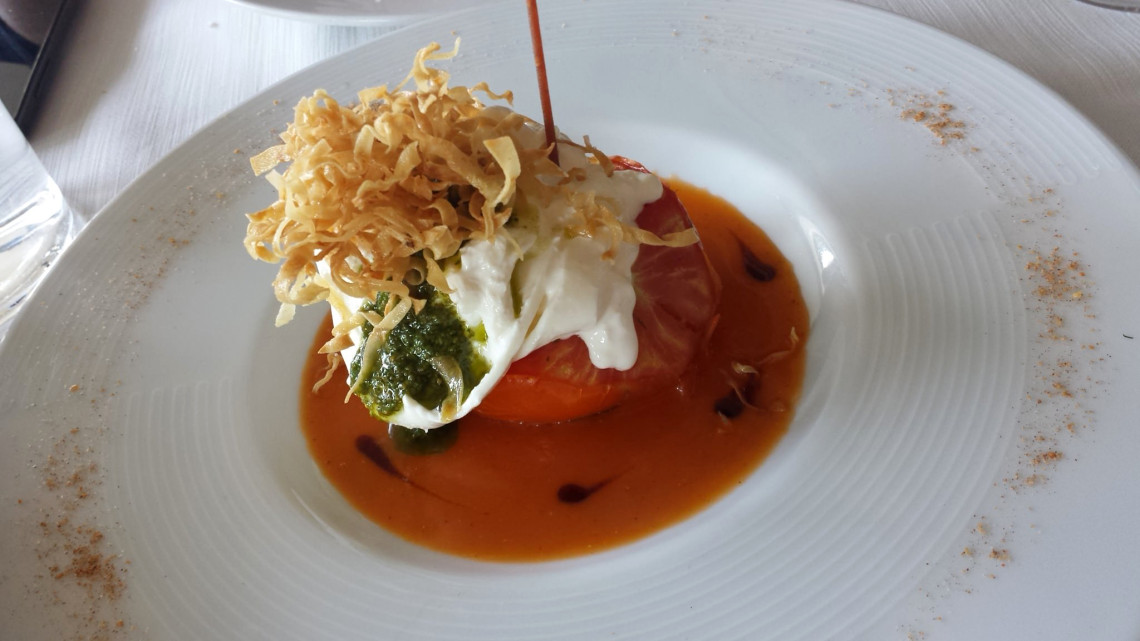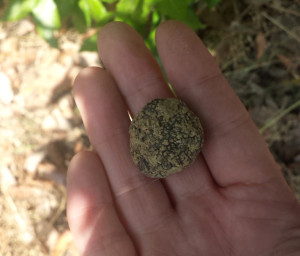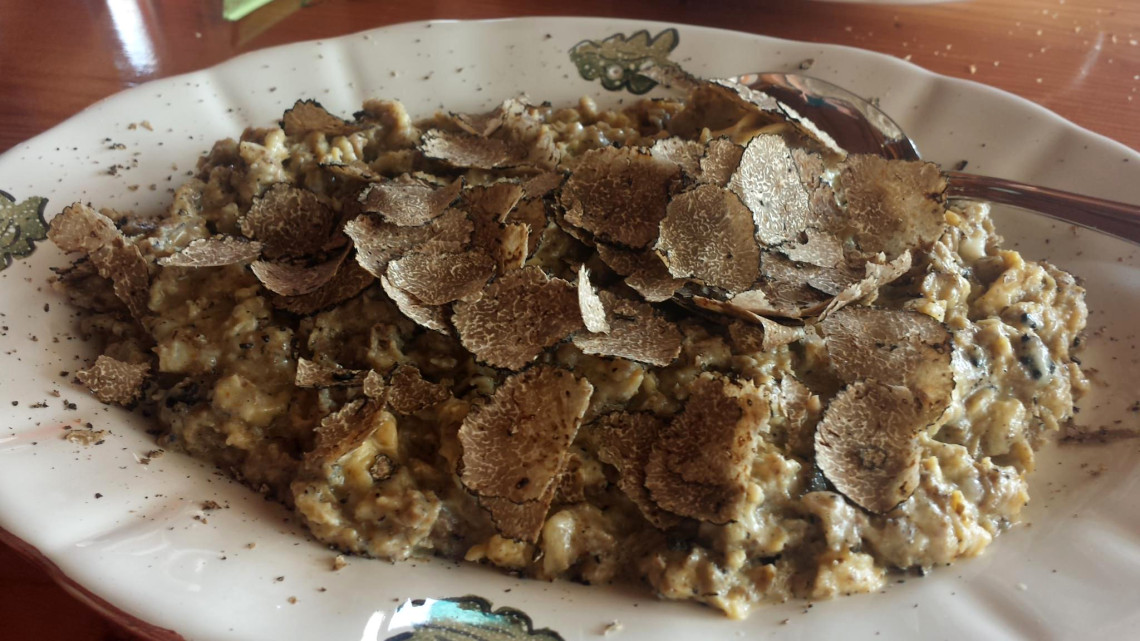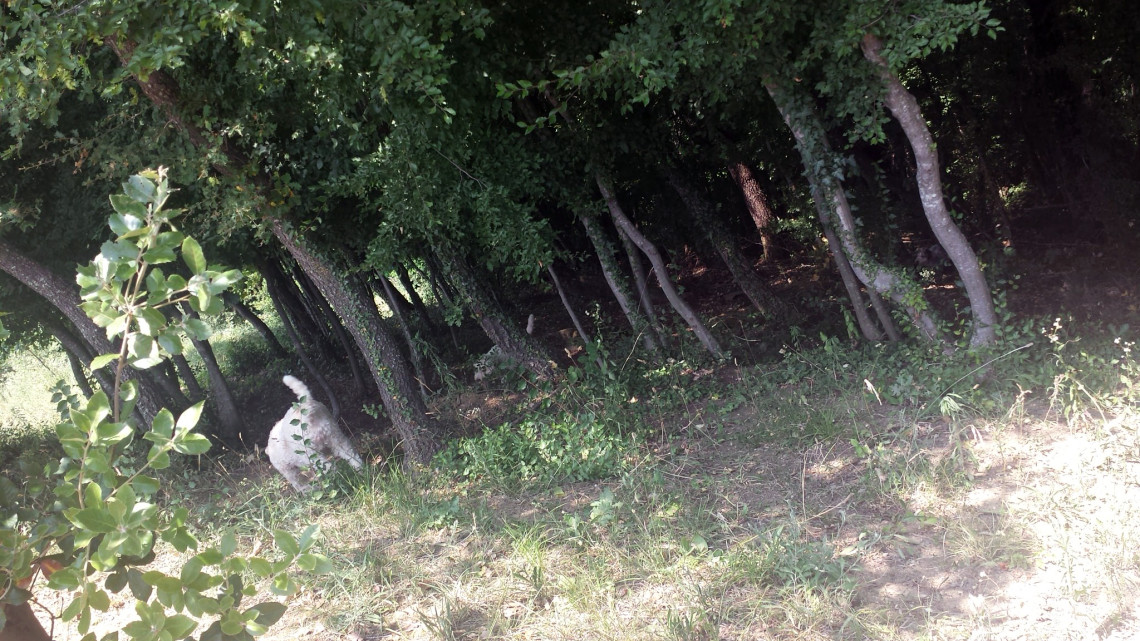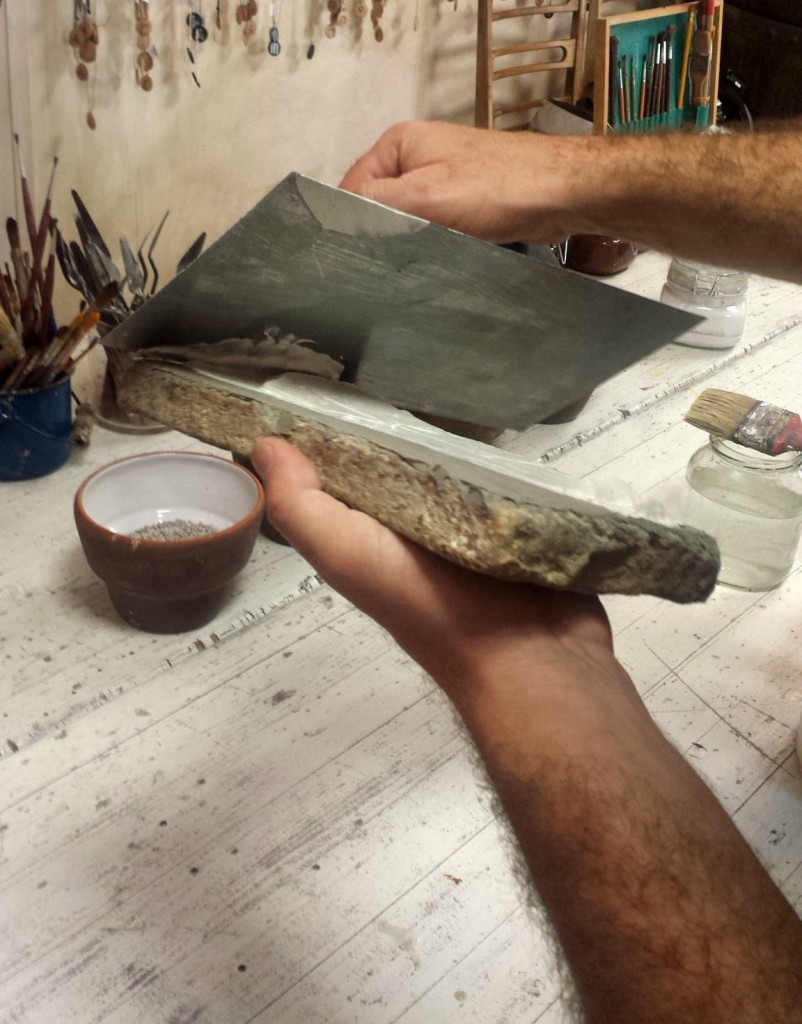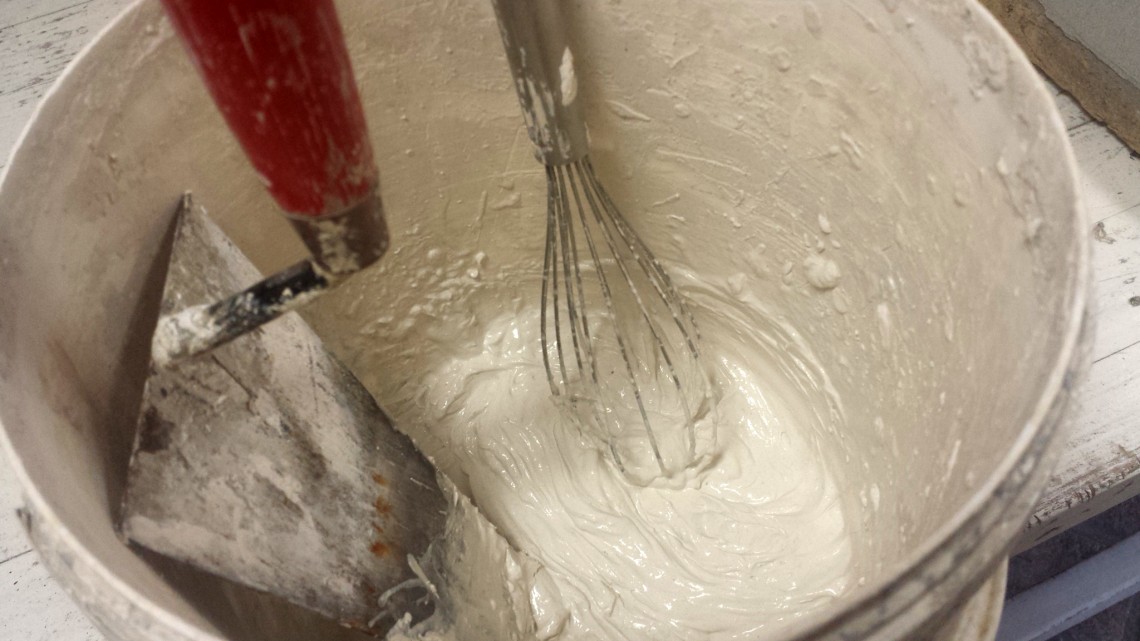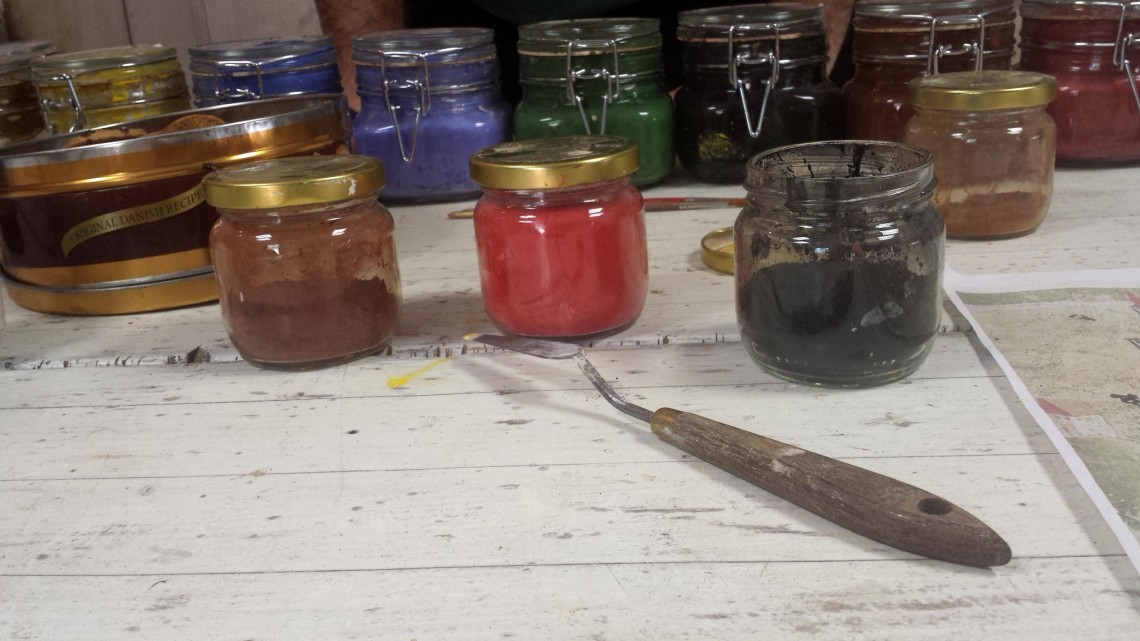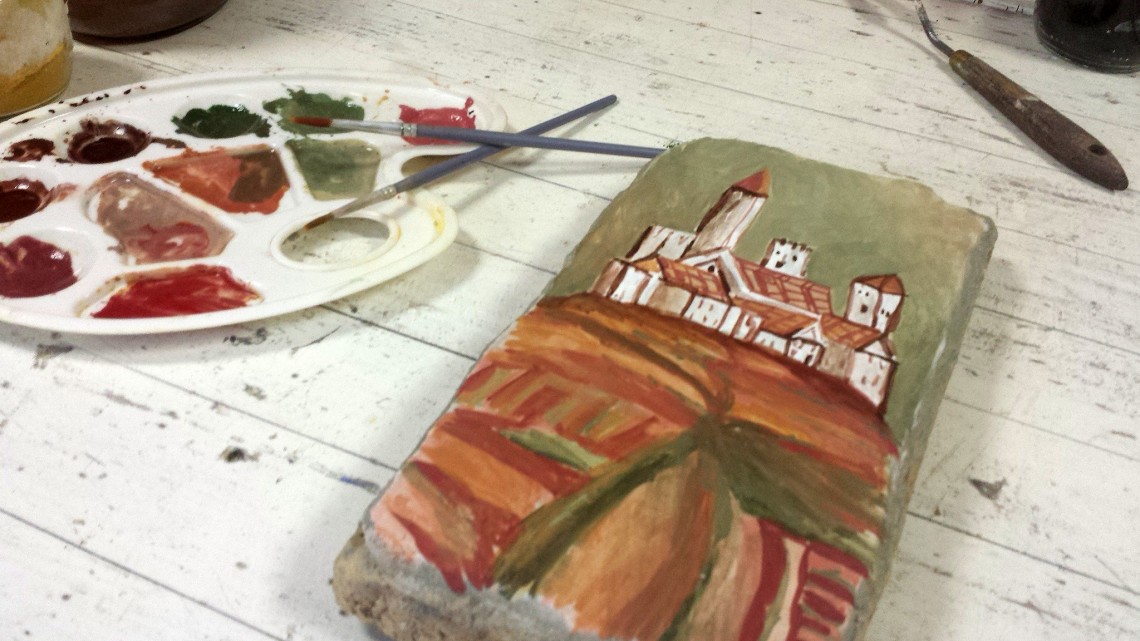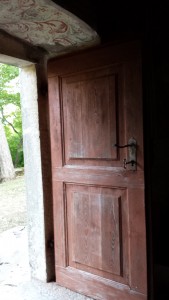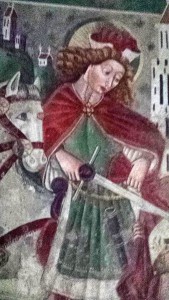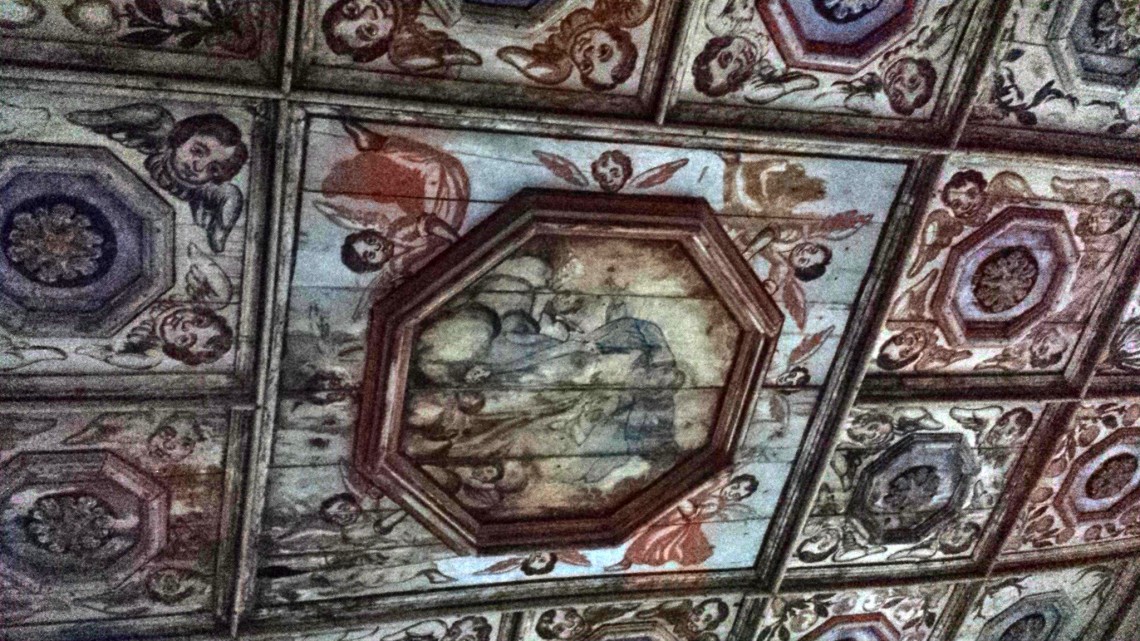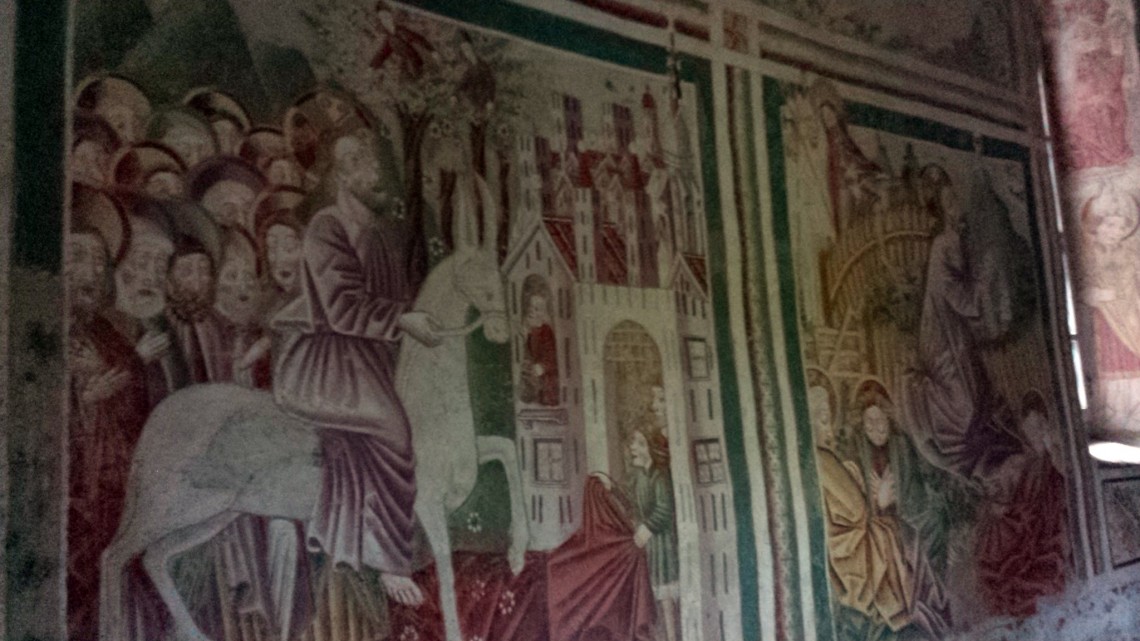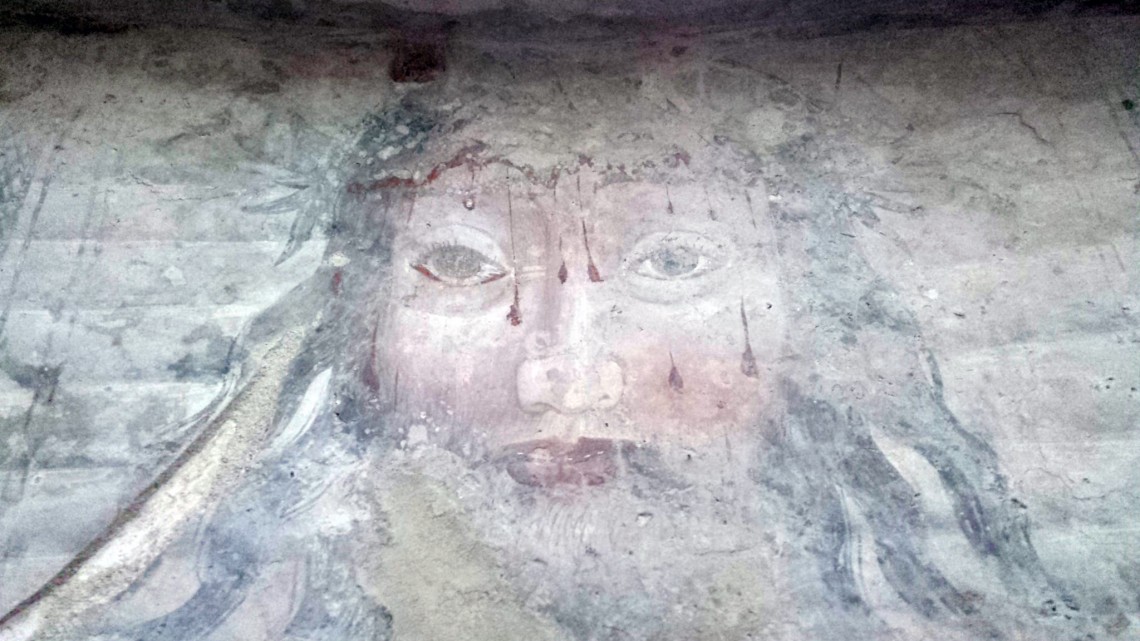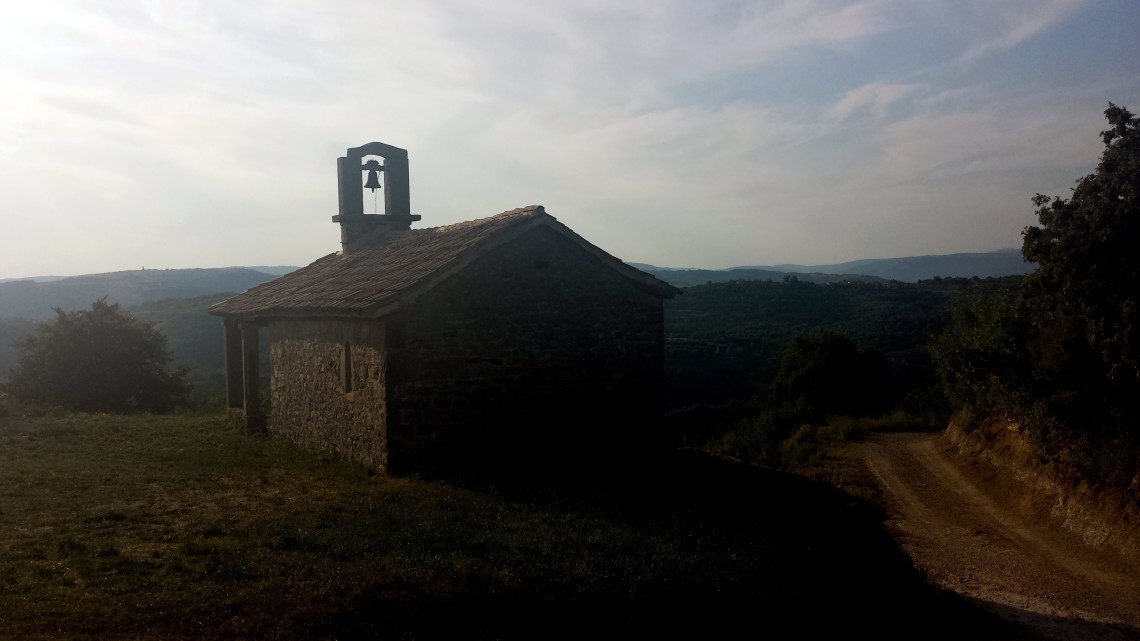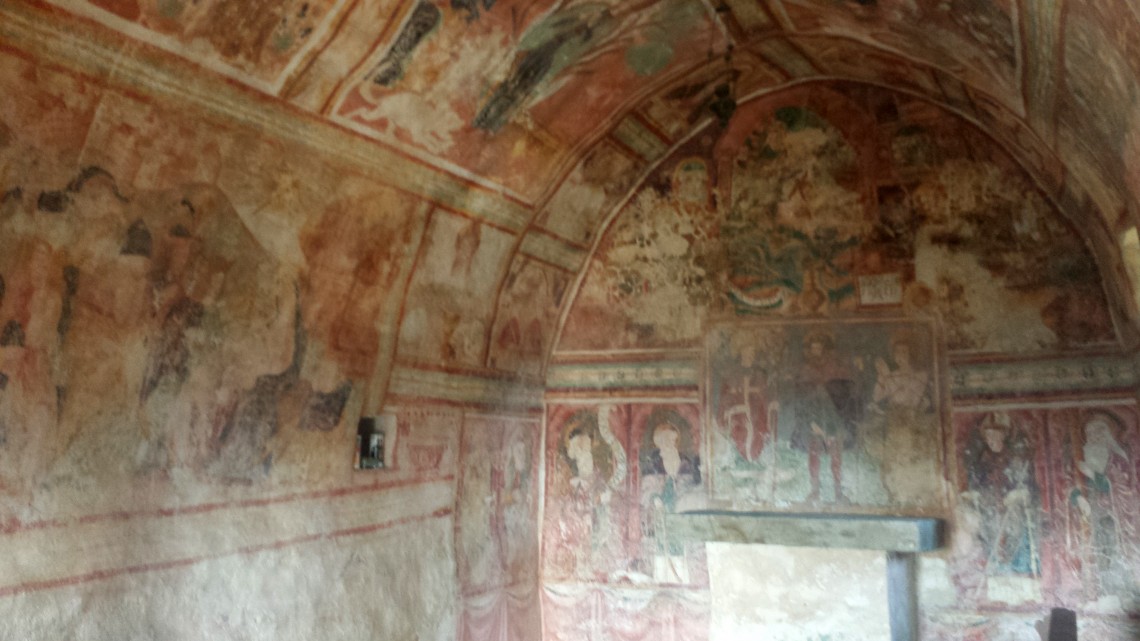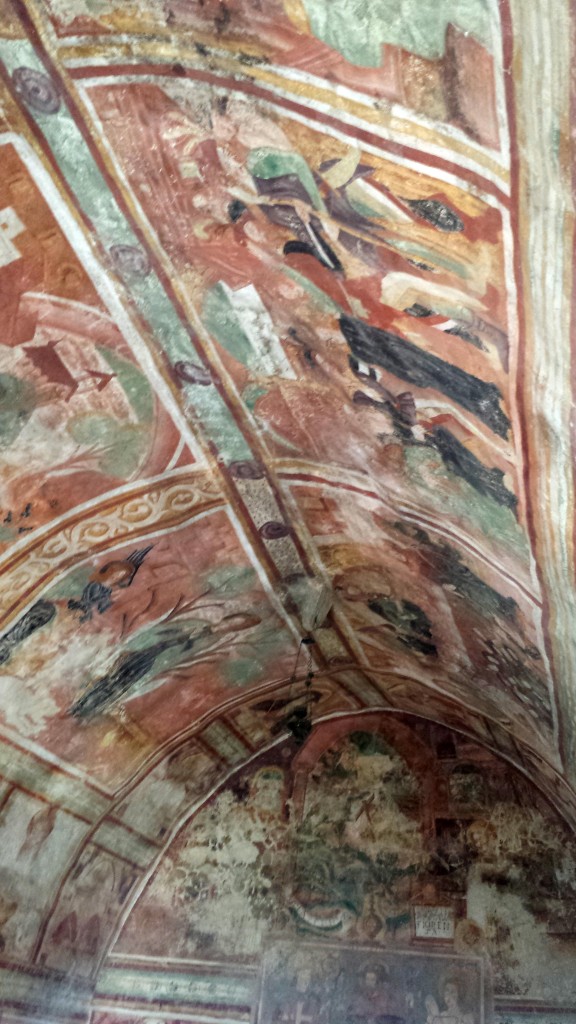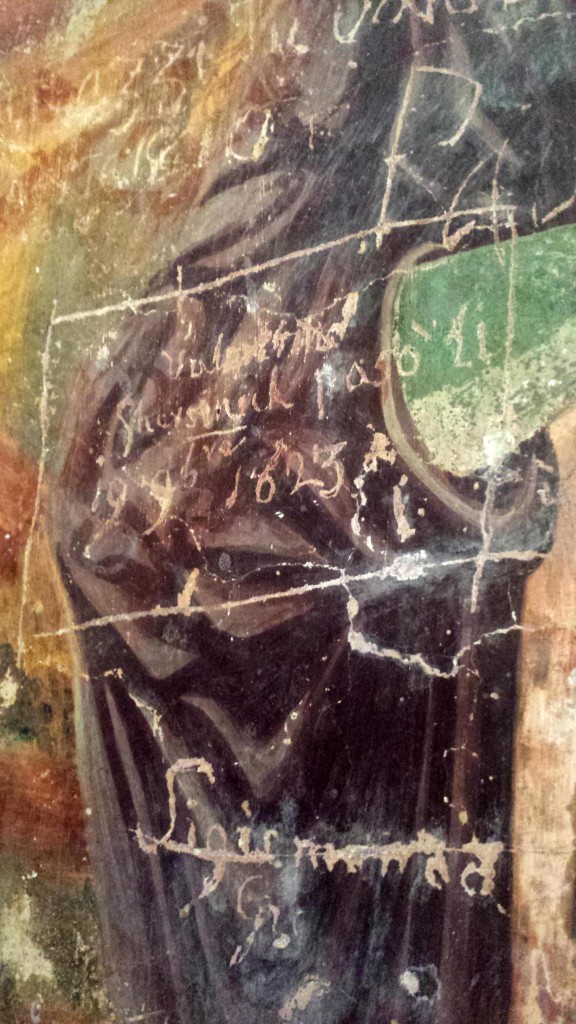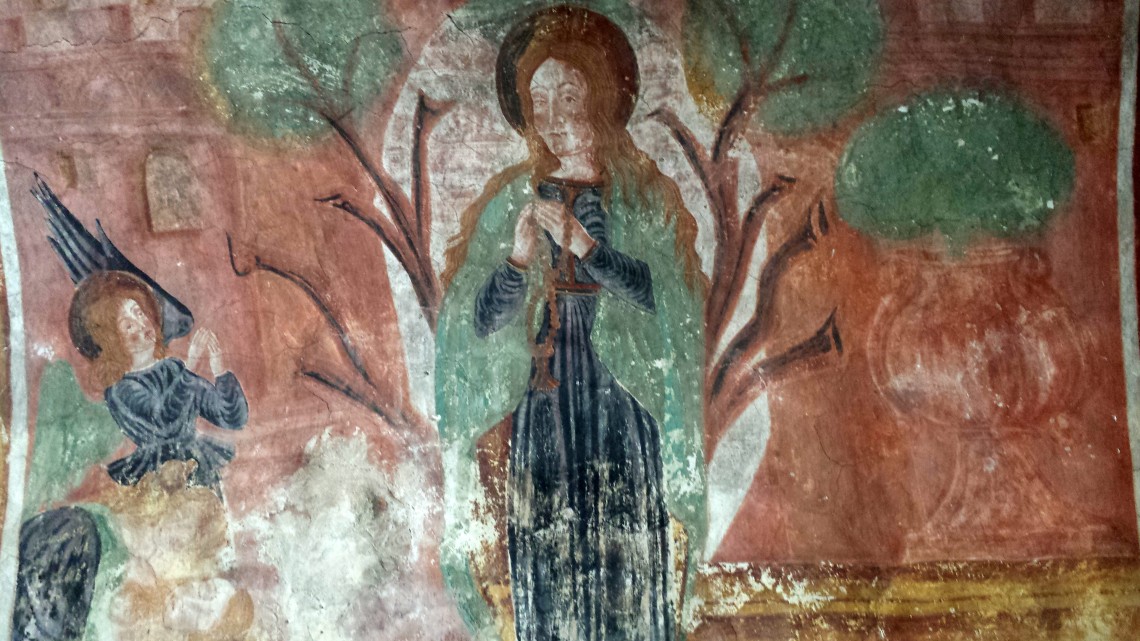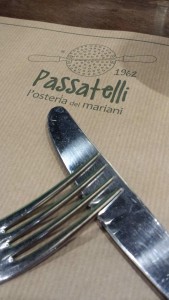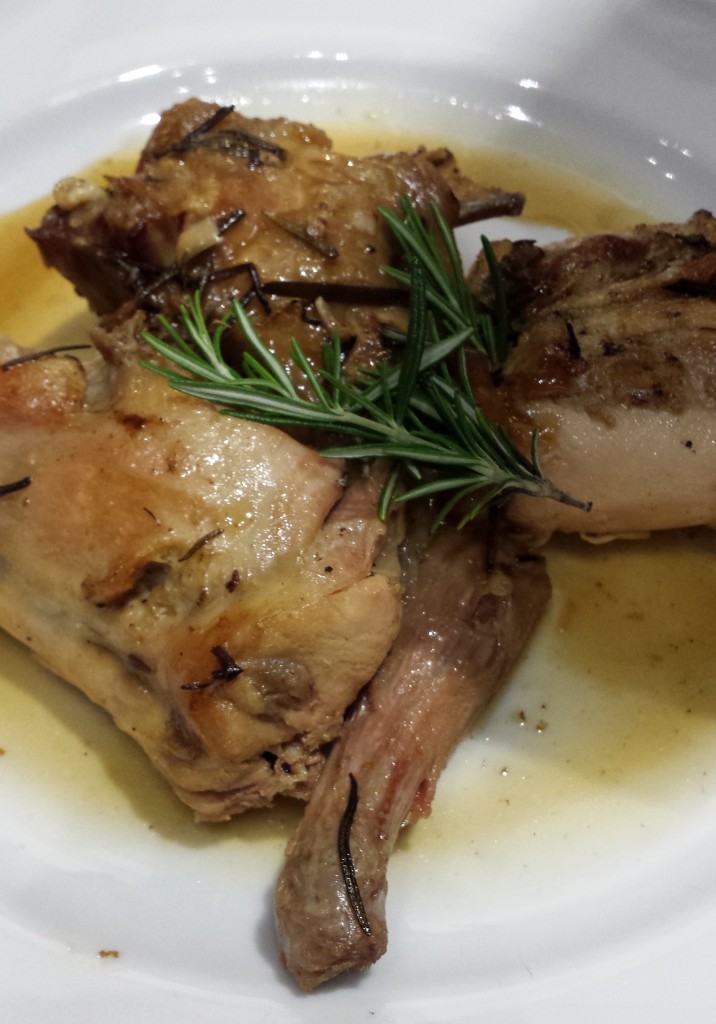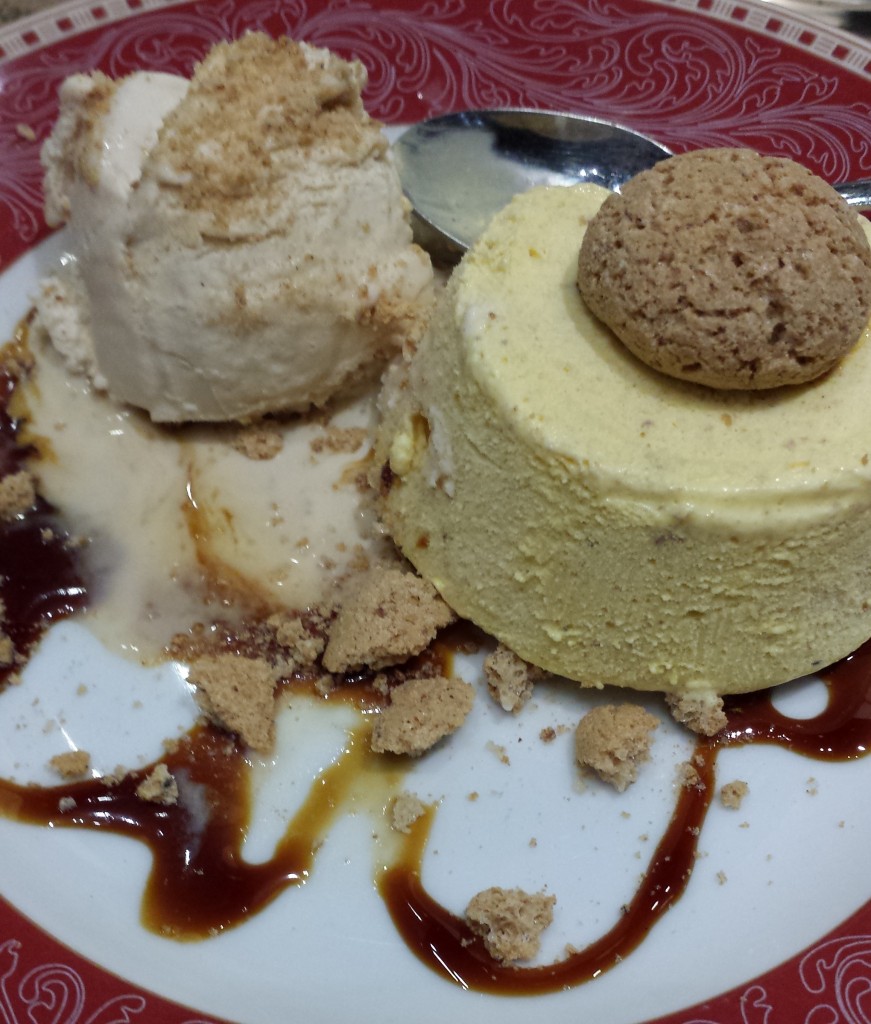A variety of bed and breakfasts, inns, small hotels and guest homes abound in Normandy. Just like anywhere else, some will be what you imagine and some not so much. Honfleur is a charming home base for Normandy exploration and home to our favorite bed and breakfast in the region, the Chambres d’hôtes Rosebud. A short stroll from Le Vieux Bassin and the heart of the city yet on the outskirts making getting back on the road a cinch.
A home redesigned, one slow room at a time makes this our favorite Normandy bed and breakfast.
Madame Barberi-Le Cesne Françoise raised her children in this home while she worked full time. As her children grew up and moved on, she painstakingly renovated one room at a time creating this Normandy bed and breakfast as it is today. When the first room and then second became available, she balanced working part-time with running the B&B. With all the rooms complete, she now runs Rosebud full time.
The gardens are elegant. A massive stone wall and metal gate hide the home and driveway. You don’t know what to expect as Madame opens it. And it is magical! Wisteria, lavender and herbs, clematis, peonies, lilies, manicured shrubs, and fruit trees greet you. The garden feast continues with the addition of varieties of palm trees, hidden corners with sling back chairs for relaxing in, and paths for wandering. When we arrived, the garden was busting with Iris’, tulips and daffodils. Year-round beautiful weather in the garden invites you to enjoy breakfast surrounded by blooms.
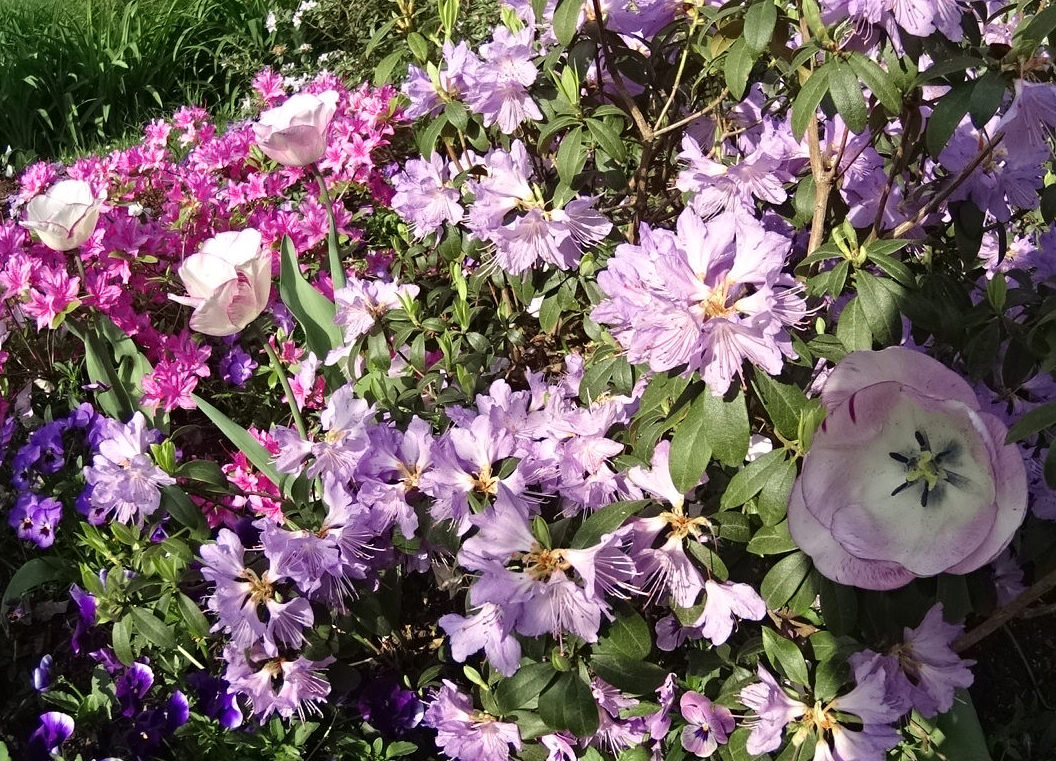
French garden glamour shot
Each room’s design is indeed a labor of love.
They reflect Madame Barberi-Le Cesne Françoise’s love of art and beautiful things–she is an artist herself. For the design-savvy traveler, this French bed and breakfast’s decor is no disappointment! Each room is treated as importantly as the master bedroom of the home. Layered pieces of fine art adorn fireplaces and nooks; sculptures sitting atop the dresser have an aesthetic purpose and guide the eye to somewhere else in the room. Art books with pages marked indicating pieces located in the region’s museums and castles are stacked upon the room’s writing desk and side tables. Layers and textures in the rooms’ decor bring the senses to life. You climb into soft luxurious bedding topped with a faux fur throw blanket at the end of a hard day of viewing art, strolling, and dining.

Faux fur and soft sheets call to you after a day of viewing art, dining, and strolling
French breakfast at Rosebud is heavenly.
Breakfast is delightful. Fresh juice, pastries, croissants, jams, yogurt, and fruit delivered as you sit down. Madame will ask you your tea or cafe preference, and if you would like meats or cheese, and wait for it… if you would like, and more importantly, how you would like, your eggs cooked! In France! At a Normandy bed and breakfast! Not for me, but for each his own.
There is a small covered garage for parking diagonally across the street. We parked our motorcycle right in the garden behind the home. Madame Barberi-Le Cesne Françoise is charming, and a stay at Bed and Breakfast Rosebud is how a stay in France should be–a feast for the senses.
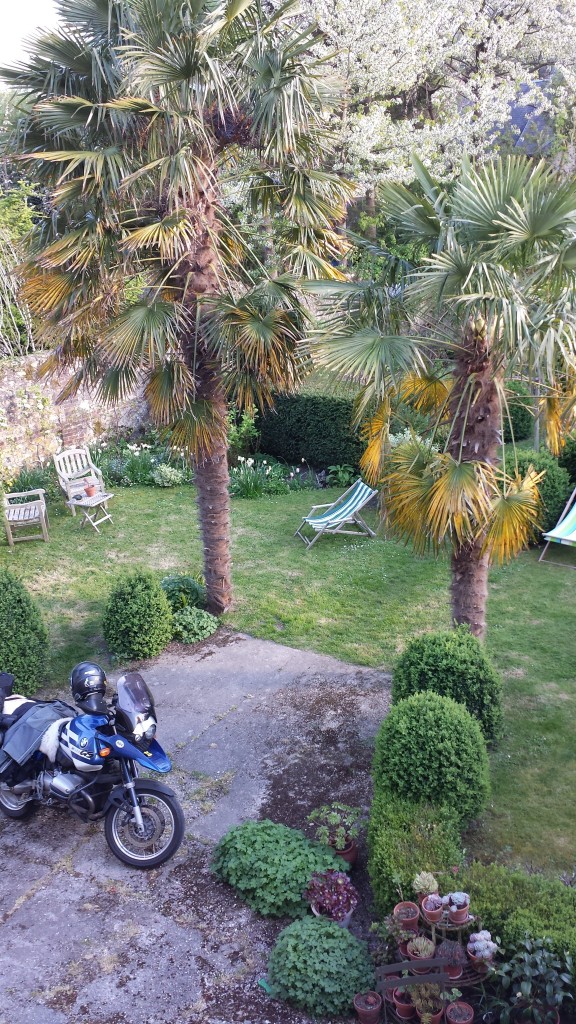
Our BMW GS Moto parked in the Bed and Breakfast Rosebud’s back garden
Stay here for a few nights and linger. Full disclaimer – I have no affiliation with this b&b and receive no compensation for recommending you stay here. I just love the Bed, and Breakfast Rosebud want to share it with you.
